Resilience, Good Design & Community
Why Ecuador is the emerging as LATAM's new design hub with Quito Design Week
Raices and Vanguardia closed las Saturday, *left: Benjamin Carrion Cultural Center, right: the event flyer made by Ecuador design studio Lunalunares)
Hello friends,
During a very long and difficult first month of 2025 (fire in Accra, Ghana, the fires in LA and the start of a presidency hell bent on climate destruction, extractive capitalism and isolationism at the expense of human rights), I encourage you to take care and celebrate your personal wins.
One of my personal highlights of 2024 was being asked to curate the exhibit “Raices Y Vanguardia” for the first ever Quito Design Week. The goal of Quito Design Week, as articulated to me by its founders Ángeles Ortiz and Gireth Ovando, was to position Ecuadorian Design in a global context where it has been “marginal” at best. (Not a fan of the term “marginal” considering the Global South is made up of over 6 billion people, basically 85% of the world's population).
This gorgeous graphic was made by Ecuadorian designer Alex Madrid.
Quito, my birthplace and the capital of Ecuador, is undergoing a transformative and critical time, between growing concerns with extractive mining in the Amazon region and an intense political climate. The founders of Quito Design Week felt that at a time of collective distress, celebrating autochthonous design could boost public morale. If you have ever benefited from a tidy work space and the pleasure of surrounding yourself with thing of beauty you know good design produces equanimity and a balanced nervous system.
Creativity has the potential to mold the future, changing how the public imagines the Quito of tomorrow, especially given the recent energy crisis in Ecuador. As this Bloomberg article explains Ecuador’s recent ten to fourteen hour electrical black outs were caused by a severe drought and its heavy reliance on hydropower to generate over 70% of its electricity, leaving the country vulnerable to freakishly dry weather. Poor public policy choices and the lack of electricity has left the economy in shambles. And while Ecuador has an abundance of energy resources and bigger oil reserves than Mexico, it’s a victim of extractive global capitalism and under investment in sustainable, long term solutions. Given the dire climate, young creatives had begun to abandon design as a viable career option. Quito Design Week, through the aforementioned exhibit and a week-long series of educational workshops and lectures, hoped to change this trend and galvanize creatives. We hope by creating a space to celebrate our incredible art + design community that we will inspire people to keep creating, to use their design as an agent of change.
This show inverts the colonial paradigm that says good design is found elsewhere, in the Global North. By de-centering Western design and focusing on Ecuadorian design front and center it attempts to subvert the prevailing narrative of Modern design.(A quick google AI question of where did modern design start yields this predictable answer: “Modern design originated in Europe in the late 19th and early 20th centuries.”) As this year’s ground-breaking Venice Biennale showed us, the idea that one has to look towards New York, Paris or Milan for the birth of the Modern is outdated. The colonial thinking to look towards the West as a beacon of art and design has no place in this century where it is time to uplift, value and promote the Ecuadorian creatives at home and in the diaspora.
My criteria in selecting the designers included the use and study of innovative, regenerative materials, equitable collaboration with artisan partners, a social impact strategy, a disruptive design ethos, and unconventional storytelling. In curating and selecting the finalist form over 125 submissions, I honed in on my own art historical research on Colonial Latin American art, de*colonial critical studies, and my years as a designer and activist in sustainable textiles.
Here are some designers who really stood out to me:
Berlin-based ceramist Nikolas Iturralde who is currently in residence in China makes punchy ceramic vessels and objects, his father is Ecuador graphic designer Pablo Ituralde
Lighting by Pedro Calle, ceramics by his wife (see below) check out their artist residency/ studio here
Using volcanic, raw material sourced by the artist Isadora Espinosa, Soroche de Los Andes was one of my personal favorites.
Omere: Indigenous Design from the Ecuadorian Amazon
Omere is a sustainable, community-run business that uses indigenous chambira fiber or Astrocaryum. (Ecuador is home to many of the most biodiverse ecosystems on earth, in the Waorani region there over 600 types of birds, 200 different mammal species, 300 types of fish and thousands of plants with medicinal properties). “Omere” means both “jungle” and “our house” in Waorani -the indigenous language of this community whose lands are threatened by oil and illegal mining.
**Fun fact: you may recognize Waorani Indigenous land defender Nemonte Nenquimo who just published her second book and was on the cover of Time.
I first discovered the work of design collective Omere because they were featured in the 2023 Venice Biennale exhibition Surfacing—The Civilised Agroecological Forests of Amazonia presented by Quito-based design firm Estudio A0 (Ana María Durán Calisto and Jaskran Kalirai) in collaboration with Manuela Omari Ima. When I saw their submission for the exhibition I was floored, check out their stunning work out on Instagram.
Surfacing—The Civilised Agroecological Forests of Amazonia, 2023
TEXTILES from the Highland Andes were also featured in my curated selection, specifically pieces made in the workshop of Master Artisan and Community Healer Doña Matico whom I have had the pleasure to work with since 2017.
Yours truly with the incredible master artisan/healer Doña Matico in Peguche, Ecuador, 2018
In the Andes no separation exists between weaving, healing and the natural world. In the region, for thousands of years, cultural identity is manifested via textiles, and, more specifically, their clothing system, which despite over 500 years of colonialism stands as an act of resistance and faith.
Matico faced numerous challenges in establishing her workshop, Huarmi Maqui which means "the hands of women", including the universal female issue of juggling family and work. She faced much social alienation for divorcing and then running her own business in a patriarchal society where spousal abuse is accepted as part of the male dominated culture. In addition, as business women she encountered difficulty teaching people the real value of artisan-made goods, especially in an environment where cheaper Chinese made goods currently flood the market. Here is a link to their IG page and a gentle reminder, when you travel always buy goods directly from the people who make them or through an equitable partner.
And finally, since this essay is about good design and community building: here is a final article to check out by Ecuadorian-born writer Karla about Chicanx designer Willy Chavarria whose “defiant,” highly political, and aesthetically spot- on runway show last week, presented at the Paris Cathedral, was the highlight of fashion week.
P.S. if you want to understand what the archaic concept of decolonizing fashion entails on a global scale: read Karla’s brilliant interview “Willy Chavarria’s Américan Dream” for Elle right here .
Fashion has always started on the streets. I know in the old days, there was couture, and it started with royalty and all that, but now it starts in the streets. And it always started with Black and brown people.
-Willy Chavarria, American fashion designer.
Thank you for being here. Please share! Until next time,
xo Vero






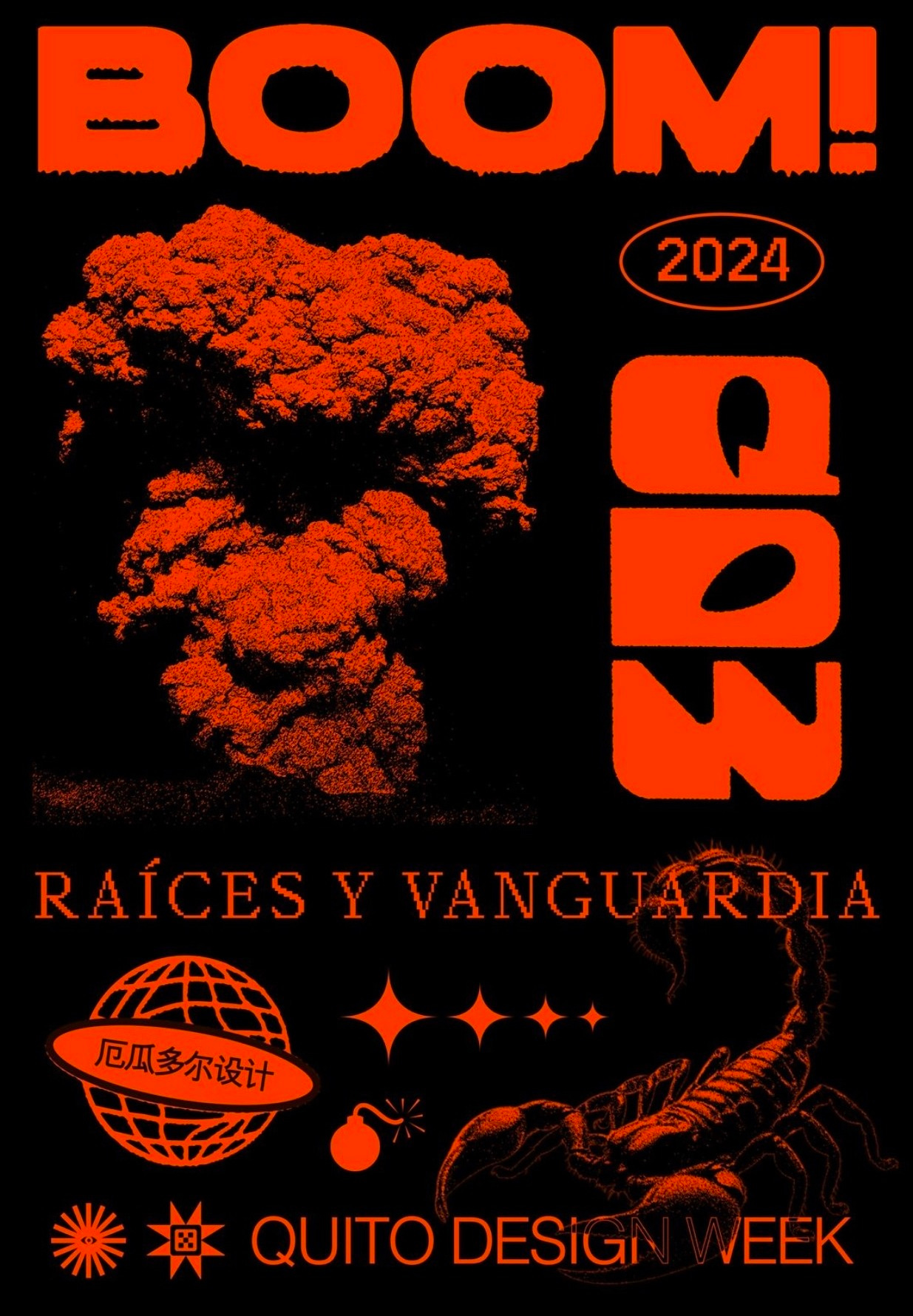
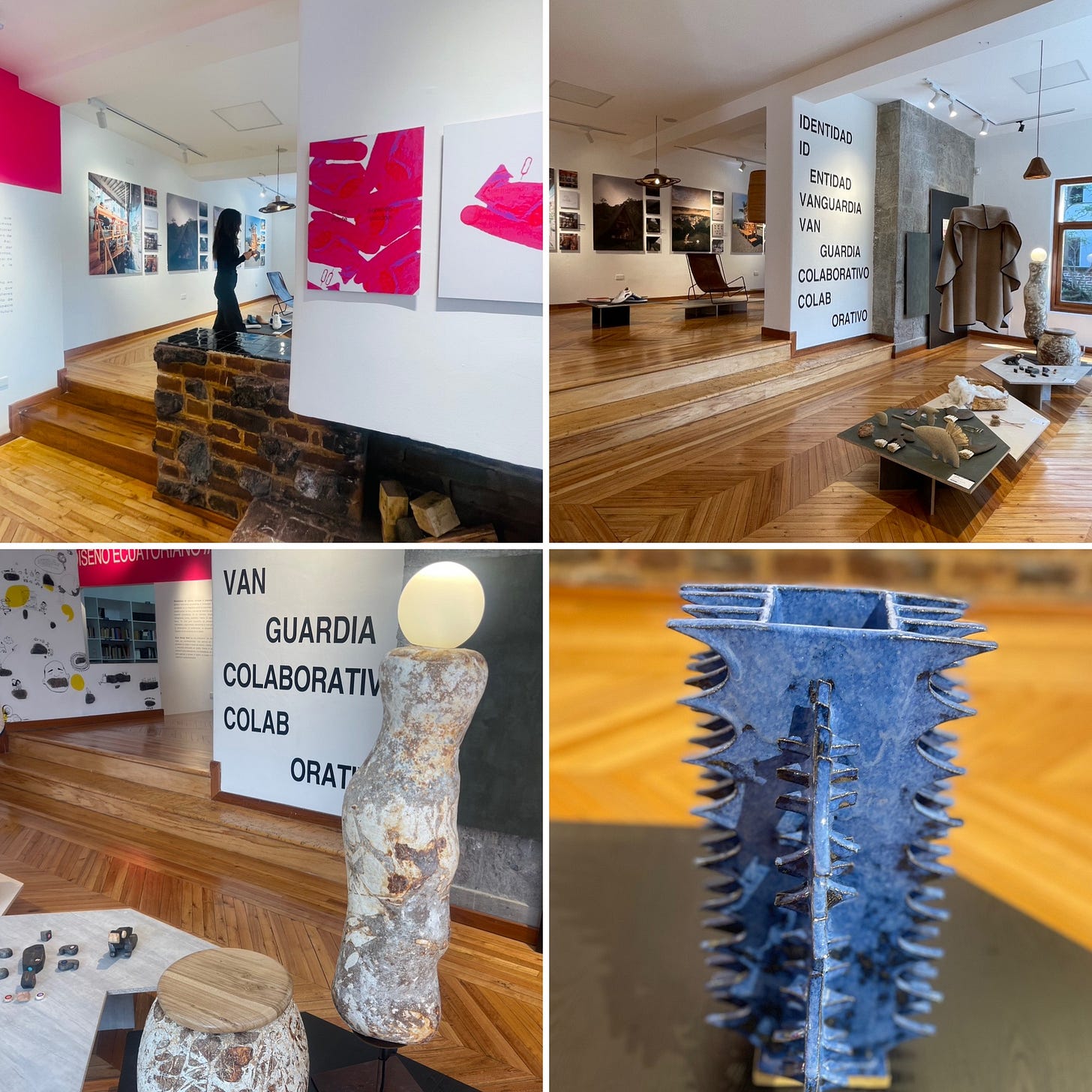
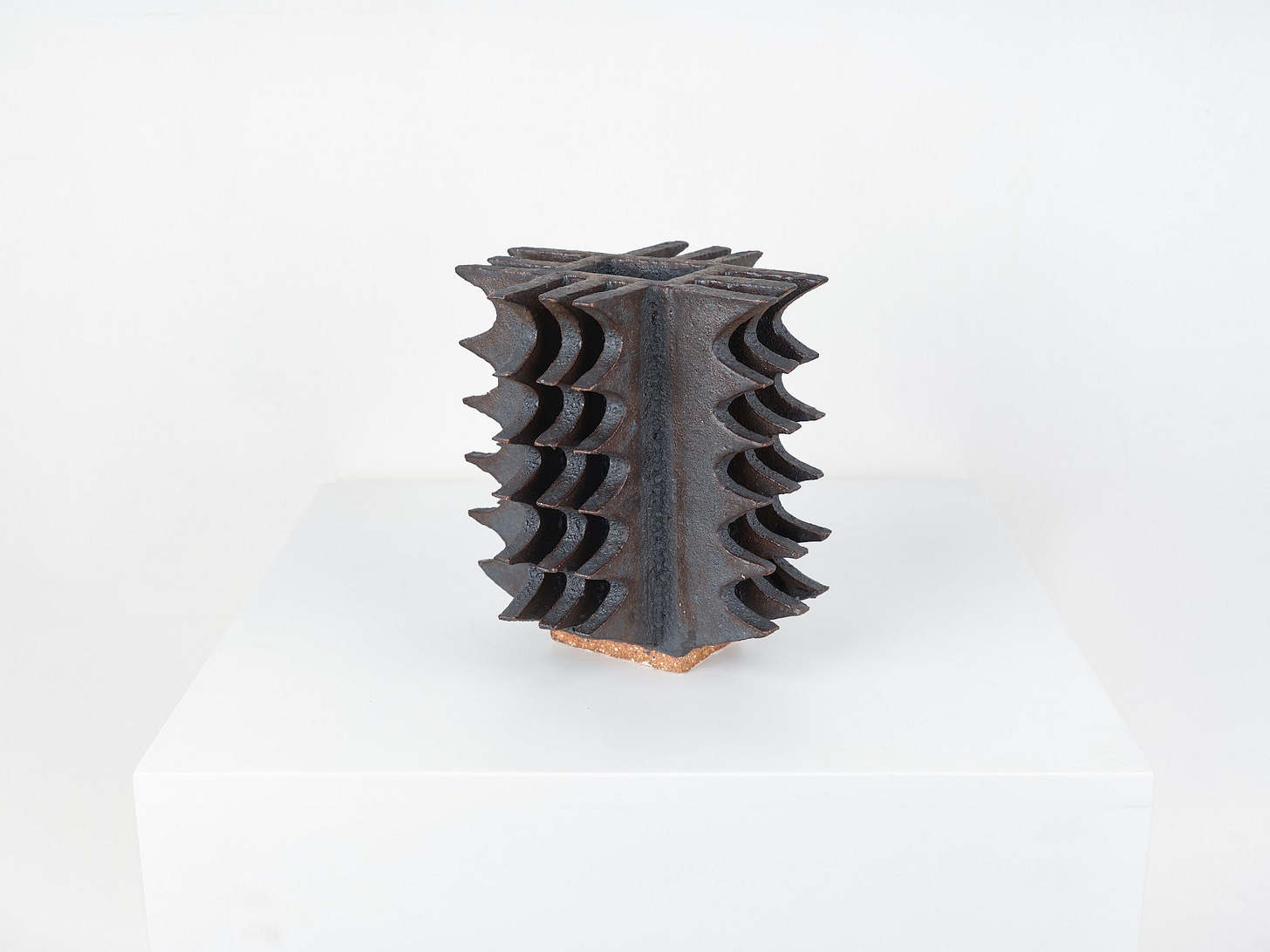
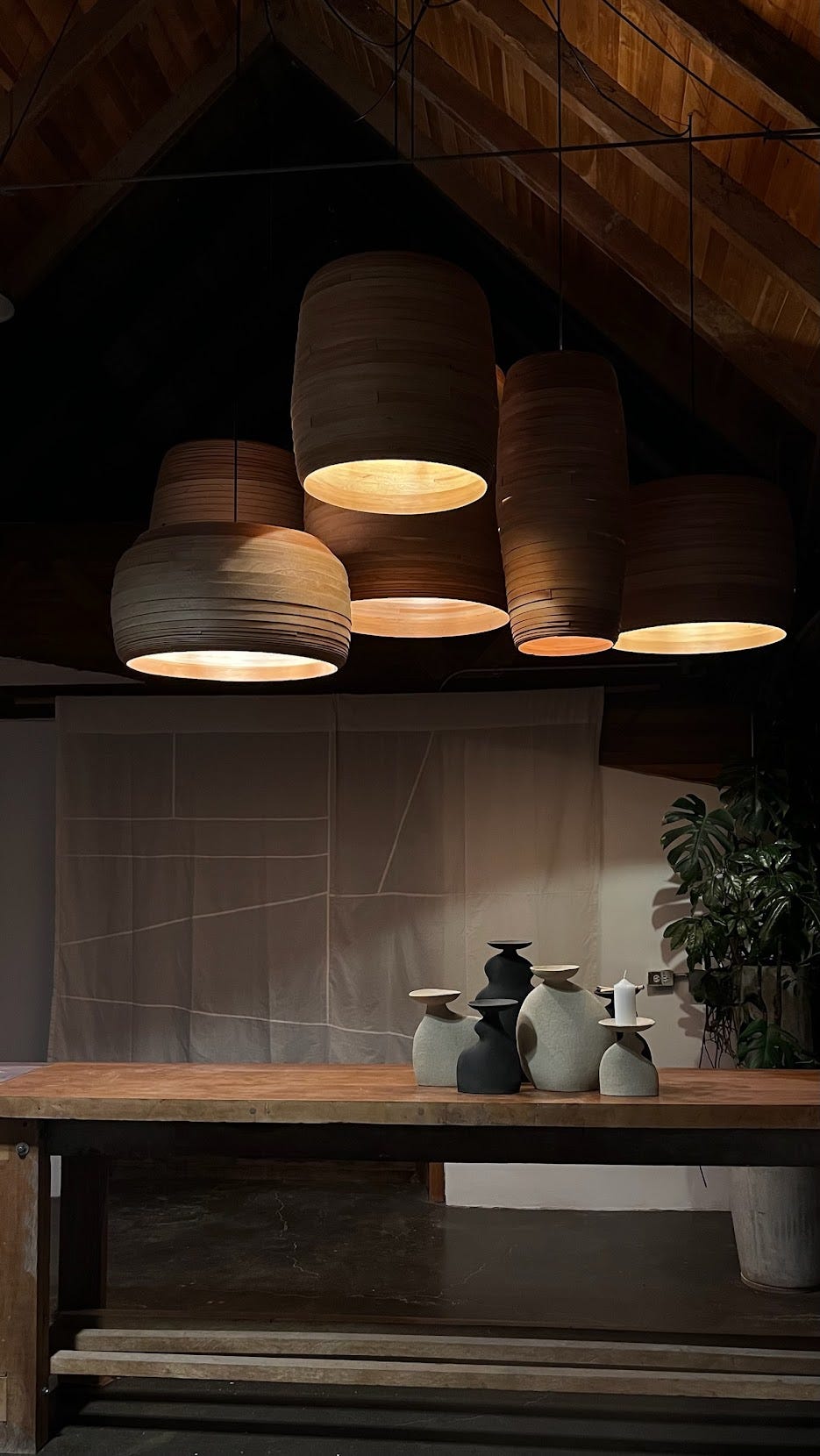


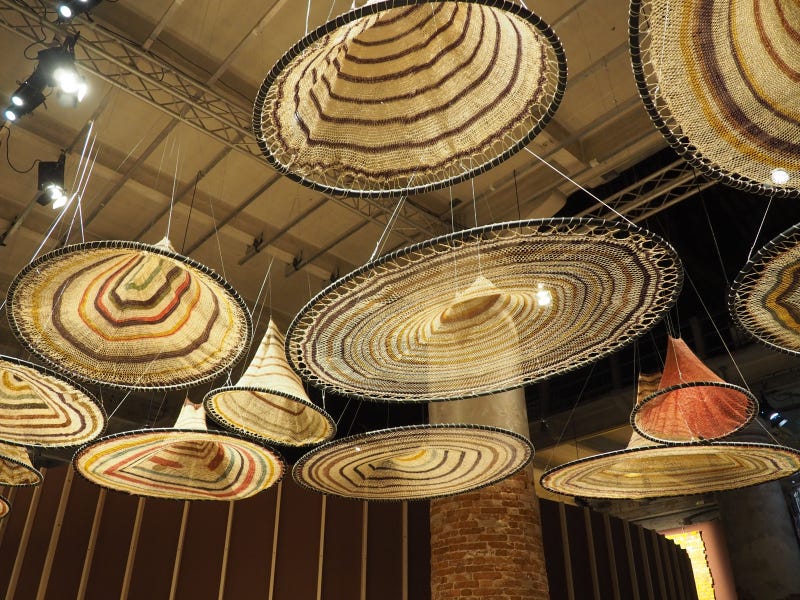
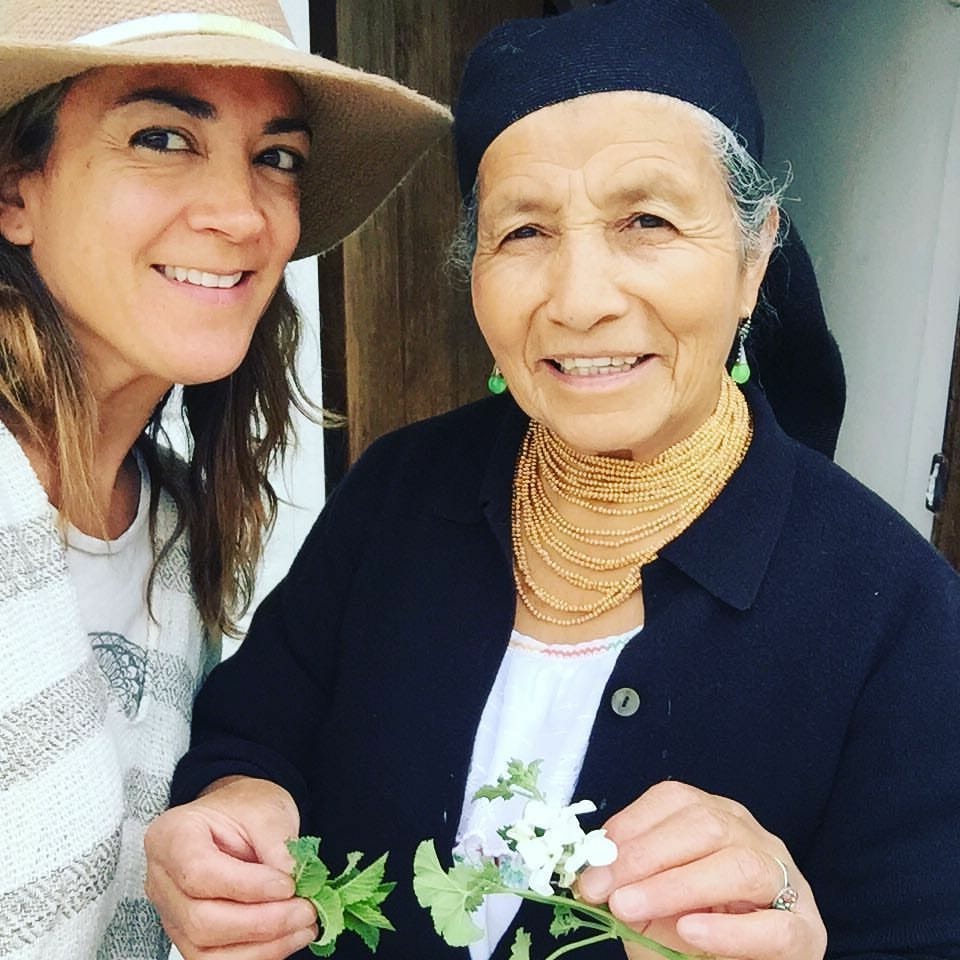

Dreaming of the day Venezuela is free, so that you can do some fun Art Hangs there! :)
So smart. always so smart.